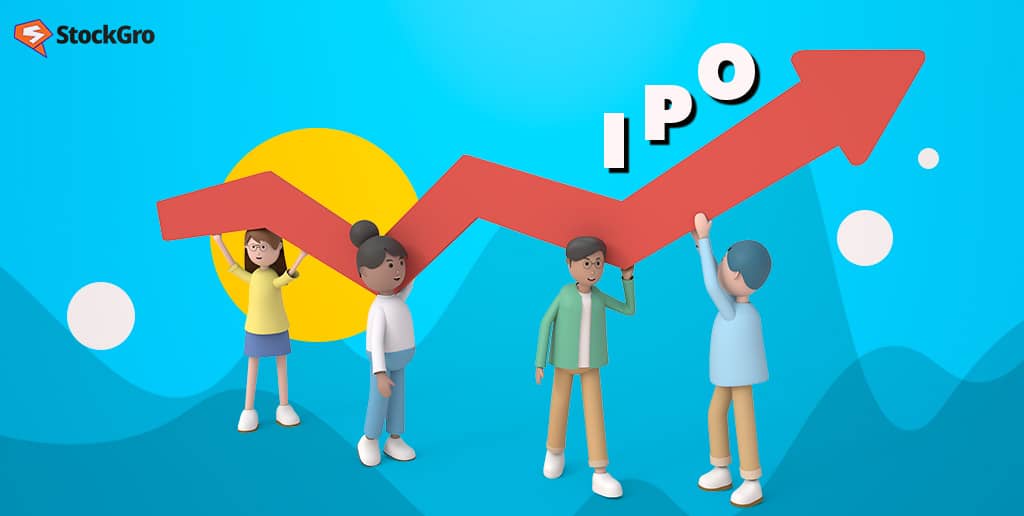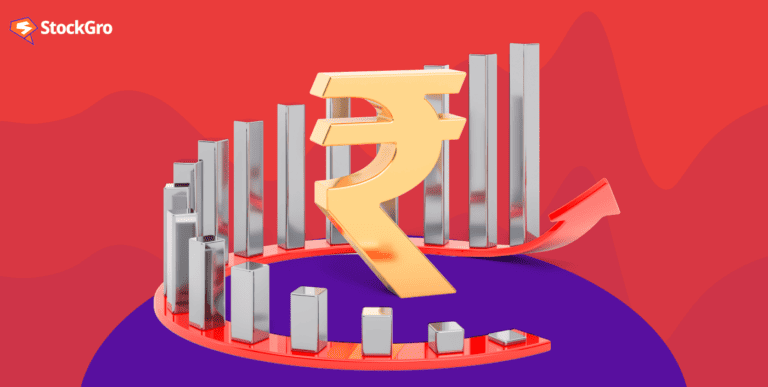
When a company does a series of multimedia presentations in various locations prior to launching an IPO or initial public offering, it is called a roadshow. These roadshows are sales promotion presentations done by the IPO underwriting firm and the company’s management team.
Roadshows are basically marketing events done to attract potential investors before the company goes public. They give a platform to the top executives of the company to talk to potential investors about why the company wants to launch the IPO.
Most roadshows are generally organised in major cities where they are expected to garner maximum footfall and create a buzz for the upcoming offer. At these roadshows, potential investors get an introduction to the company’s history, personnel, business model, financials, growth prospects, and details of the initial public offering.
Read on to know more about roadshow meaning and how they play a key role in the success of an IPO.
You may also like: All you need to know about India’s first Retail REIT – Nexus Select IPO
Who organises the roadshow in IPO?
The responsibility for organising and executing a corporate roadshow typically lies on the investment banks underwriting the IPO. They coordinate with the company’s management team to help them prepare the presentation materials and determine the timing and price of the IPO.
What happens in a roadshow?
IPO roadshows are multimedia presentations and face-to-face meetings with potential investors. However, a lot of businesses also organise online roadshows and presentations to reach a wider circle of investors in more locations.
The company’s top executives launching the IPO and the underwriting firm in charge of the IPO travel to different locations in the country, where these roadshows are being organised to talk about the IPO.
At the end of the roadshow, there is always a question and answer session where investors can ask general questions about the company.
Investors can get the following information from an IPO roadshow:
- Company background and history
- Information about top company personnel
- Future growth plans, goals and growth potential of the company
- Future sales projections and investment strategies of the company
- The vision of the company
- Financial performance of the company and its earnings history
- IPO goals, objectives and targets
Also Read: The role of compound interest to reach your financial goals
Elements of an IPO roadshow
Roadshows help companies in promoting their upcoming initial public offering or IPO to potential investors. Here are some elements of a roadshow:
Presentation:
Roadshow in IPO primarily involves a multimedia presentation by the company’s management.
It includes an overview of the company’s history, financial standing, future growth prospects and opportunities, among other information such as its key personnel.
Meetings:
Along with the presentation, one-on-one meetings between top company executives and potential investors also form part of the IPO roadshows.
At these meetings, potential investors get a chance to ask detailed questions about the company and its future growth plans.
Roadshow location:
The roadshow may take place in various cities, most of them being Tier I and II cities to connect with a wider base of potential investors.
A lot of multinational companies also hold these roadshows at international locations to attract foreign investors.
Timing:
The perfect time for organising a corporate roadshow is typically in the weeks leading up to the IPO. Since the idea behind the roadshow is to generate interest in the public offering, holding them too early may fizzle out the momentum that was built by the roadshow.
If the roadshows are held too late then they may not give enough time to the investors to build up their investment appetite.
Promotions:
Holding the roadshows isn’t going to be useful if it does not get a heavy investor footfall. This is why it is important for the company launching the IPO to use various marketing channels to promote the roadshow.
These channels could be social media platforms such as Twitter, email campaigns, and traditional media outlets such as business news channels and business publications both online and offline.
Financial information:
During the IPO roadshow a company should provide detailed financial information such as past financial statements, future projections, and estimated earnings.
Legal disclosures:
The company launching the IPO should provide legal disclosures at the roadshow. Information about the risks and uncertainties associated with the IPO and the company’s business gives confidence to the investors about the company’s credibility.
Investors see it as a trust-building initiative taken by the company.
Feedback:
Roadshows are used by companies not only to dispense information about the initial public offering but also to gather feedback from potential investors. This feedback can help in refining the IPO strategy.
Also Read: Earnings Per Share (EPS): What it means and how to calculate it
Why IPO roadshows are so important
The objective behind a roadshow is to create awareness among the investors and to enhance their investment towards the IPO. The level of participation in an IPO is a good indicator of the level of impact of the IPO launch.
A company stands to gain insights into the investor’s opinion about the offering through these roadshows. This is one of the most significant advantages of conducting IPO roadshows for a company. There are several other ways too in which a company can benefit from these roadshows:
- Access to a wide investor pool- Roadshows are a great way for companies to connect with a larger base of potential investors who may otherwise not be aware of what the IPO has to offer.
- Trust-building opportunity- A roadshow allows the management to build a relationship with potential investors and gain their trust by giving them essential information about the company. They can also address investor concerns and answer any questions that potential investors may have.
- A platform to showcase the company: IPO roadshows are a platform for the company to showcase its business model, growth strategy, and past financial performance to potential investors.
- Opportunity to create awareness and generate demand: When the company executives meet with potential investors and provide them with information about the company during a roadshow, it helps to generate awareness and demand for the IPO.
- Helps set the IPO price: The feedback given by potential investors during a roadshow can help the IPO underwriters determine the price at which the public offer will be well-received.
What Happens After the IPO Roadshow?
After the roadshows are over, a company creates the final prospectus of the IPO. Based on investor feedback, a company decides on the price and target of the IPO before the final draft is made.
The final date of the IPO is fixed and the final draft of the prospectus is filed with the Securities and Exchange Commission (SEC). This final prospectus of the IPO is given by the company to all potential investors.
Final thoughts
Roadshows are an essential piece in the entire mechanism behind a successful initial public offering. They aim to provide investors with sufficient information so that they can make an informed decision about investing in the IPO.
For a company wishing to go public, IPO roadshow should not be overlooked. A successful roadshow can generate investor interest in the company’s offer and can lead to a successful IPO.

